
In the analytical material, the founder of the Defense Blog resource, Dilan Malyasov, writes that due to mobilization and large-scale losses, Russia faced a sharp reduction in the available military personnel. Many skilled workers were sent to the front, they died or were wounded. Factories that previously worked both for the domestic market and for export switched to "manual control" mode, trying to fulfill growing orders at prices that no longer cover the cost price.
It is noted that Western sanctions continue to destroy the technological base of the Russian defense industry. According to internal estimates, the cost of imported components has increased "ten, or even hundreds of times". The shortage affected electronics, oils, technical fluids and other necessary materials. Attempts at import substitution systematically fail, as many Russian analogues do not meet operational standards.
"In one of the intercepted letters of the general director of the Murom instrument-making plant, it is explained that the factories "must supply products at fixed prices set in 2019", while they are forced to "buy components at market prices and with prepayment". Another director wrote that there is not enough money from the state even to cover the interest on the loan, which must be taken out to pay suppliers," Malyasov writes.
The industrial base of the Russian Federation is also under pressure as a result of strikes by Ukrainian drones and missiles that hit factories, warehouses, logistics and fuel facilities. Acts of sabotage disrupt railway transportation and damage infrastructure, and Ukrainian intelligence networks reveal the vulnerabilities of enterprises. Exports, which traditionally covered losses in domestic production, practically stopped.
Russia has lost access to many international markets, with contracts frozen or canceled due to sanctions, payment problems and the inability to supply key components. Examples include Egypt's refusal to purchase the Su-35 and India's refusal of new Russian ships due to the inability to replace Ukrainian gas turbine installations.
The crisis has affected almost all key companies of the Russian defense industry: Some factories report frozen payments for 3-5 years and losses in the tens of millions of rubles due to supplies at fixed prices set as early as 2019. In general, Malyasov notes, the Russian defense industry model was based on low domestic prices and profitable exports for decades. Now this scheme has been destroyed by sanctions against banks, logistics, insurance and technology.
Thus, the current situation may push Moscow to closer cooperation with China, North Korea and Iran. "The weakening of Russia's industrial base affects the duration and nature of the conflict in Ukraine, determines Moscow's military policy and changes the dynamics of global arms exports," the analyst emphasized. Earlier it was reported that Uralvagonzavod, the largest manufacturer of tanks and armored vehicles in Russia, announced large-scale staff reductions.


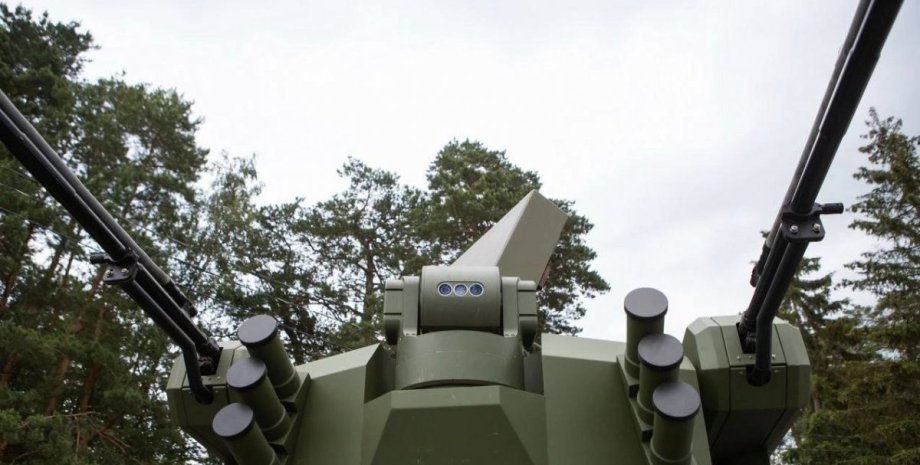
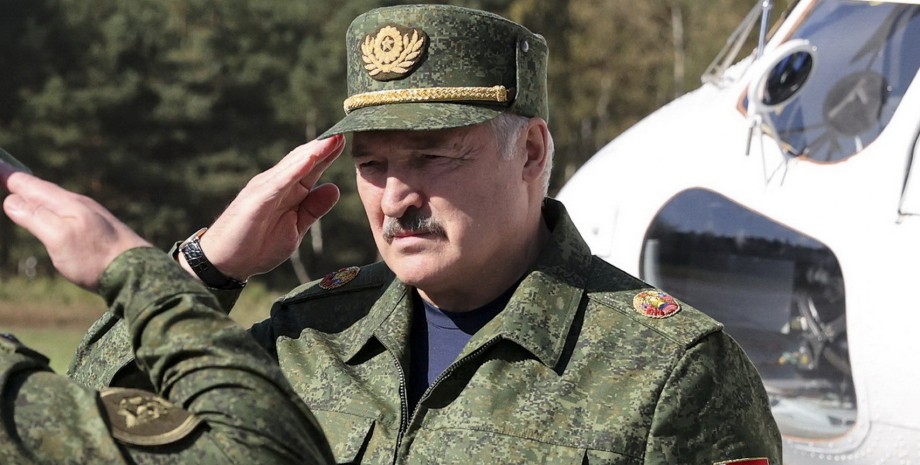


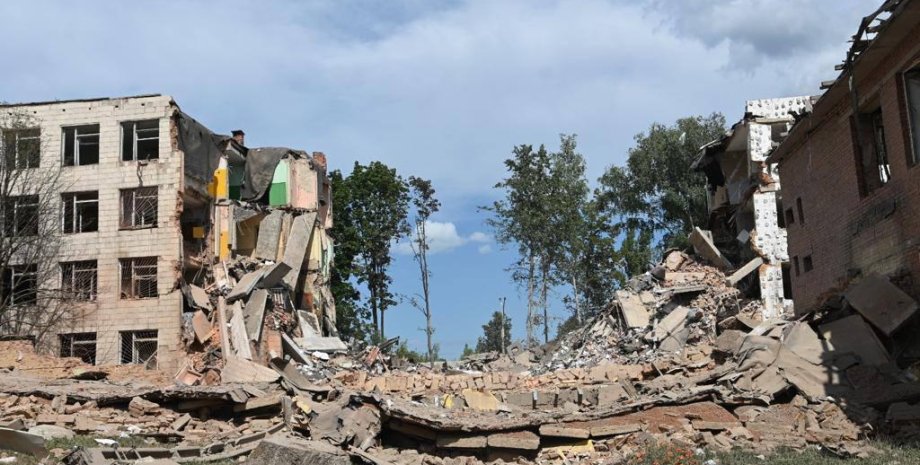
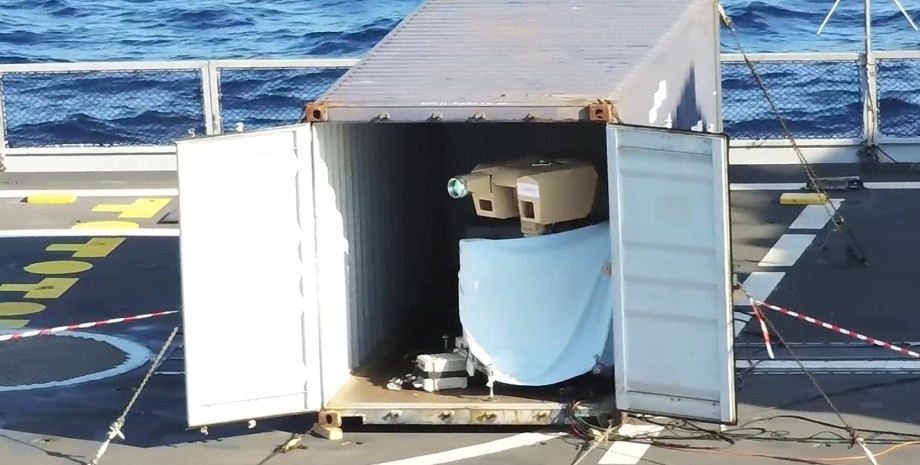

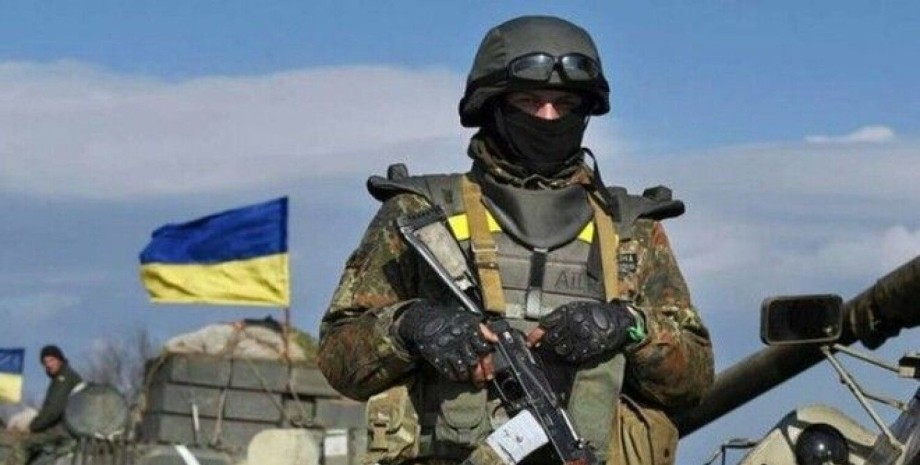
All rights reserved IN-Ukraine.info - 2022